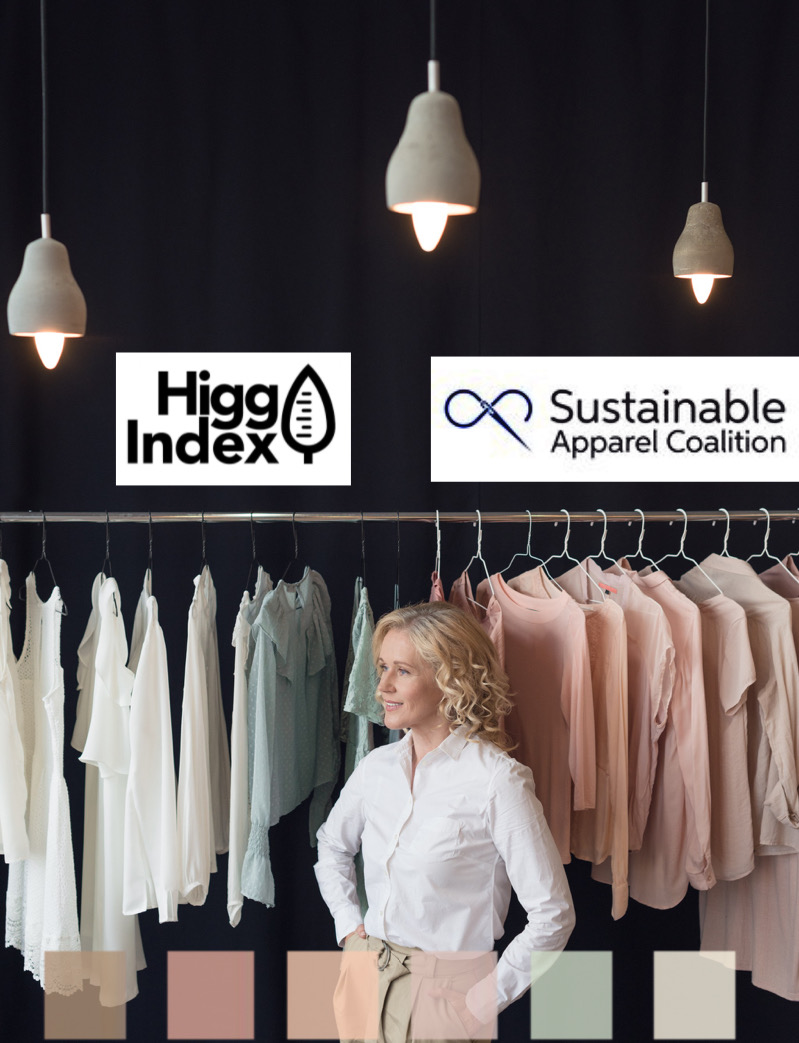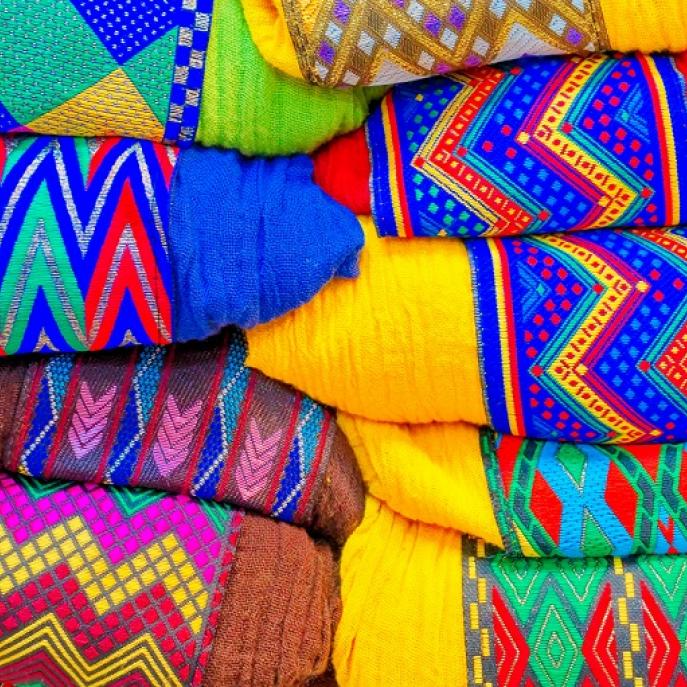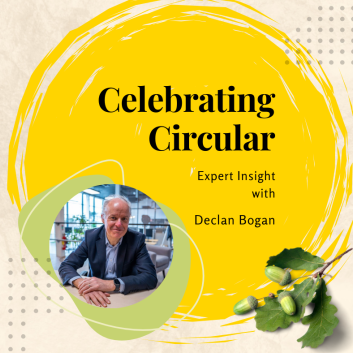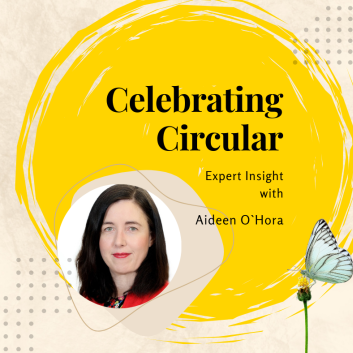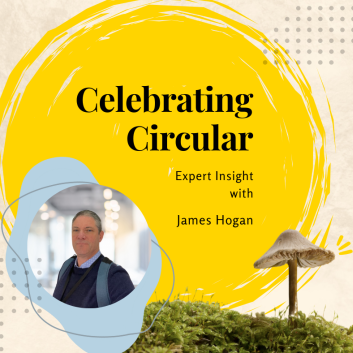Improved sustainability impact measurement tool is available for fashion industry players
Material assessment is key in combating the harmful effects of the fashion industry on the environment and transitioning into a more sustainable operational model.
The Sustainable Apparel Coalition (SAC) and Higg Co released a new version of the Higg Materials Sustainability Index (Higg MSI) in August 2020. The Higg MSI is a leading online tool to assess the environmental impact of materials in the apparel, footwear and textile industry and was first released in 2011 by the SAC and regularly upgraded ever since.
This unique tool can calculate the environmental impact of millions of possible material manufacturing variations and available on the Higg Index platform.
Information provided by the platform allows brands, retailers, manufacturers to compare material life-cycle assessment (LCA) data in a user-friendly way and to create a more sustainable design based on better material choices.
“There is a growing conversation about ‘sustainable materials,’ but it’s difficult to know what it actually means for people and the planet and whether it’s really trustworthy information,” said Julie Brown, SAC Director, Higg Index – Higg Product Tools. “Our goal is to pull together the most robust and tested data sources available and translate complex metrics into digestible and actionable guidance to have a positive impact at scale.”
This newest version of the Higg Materials Sustainability Index offers an enhanced user experience, updated database and scoring. The release of this tool is a true milestone for the industry because it provides more accurate and detailed information which enables users to dive further into material assessment.

The Higg MSI measures five specific environmental impact areas: chemistry, global warming potential, nutrient pollution in water, water scarcity and fossil fuel depletion.
The tool will be able to inform users by capturing how the five environmental impacts will change based on different raw materials or production process options, for example, opting for continuous dyeing over batch dyeing.
In addition, it features more than 80 example materials that are commonly used in the industry such as leather, cotton, polyester, nylon, silk, jute and metals.
Companies are now able to assess the impact of different materials as they select which ones they wish to use for a product.
Besides, users can also customise how their companies uniquely produce materials using the insights from the MSI, which help them to create more sustainable options.
Some of the main updates to the 2020 Higg MSI are: new interface offering an enhanced user experience, migration from a standalone website to the Higg platform, other Higg tools, packaging library, comparisons and customisation.
There is also an updated chemistry scoring methodology and new chemistry data analysis. The ability to align chemistry certifications at the process level, new background LCA database (GaBi) and new water scarcity assessment methodology (AWARE) also new features. That includes biogenic carbon and water consumption in the metadata.
Besides, users can also customise how their companies uniquely produce materials using the insights from the MSI, which help them to create more sustainable options. Finally, there are new process level loss rates which help the consideration for process efficiencies.
The Sustainable Apparel Coalition (SAC), which is a global industry alliance working on standardising social and environmental sustainability performance measurement, is frequently enhancing and expanding the Higg Materials Sustainability Index.
Through multi-stakeholder engagement, the SAC seeks to lead the industry toward a shared vision of sustainability built upon a common approach for measuring and evaluating apparel, footwear and textile sustainability performance.
